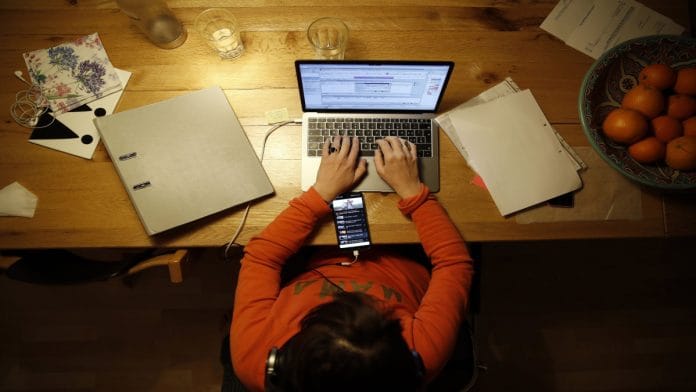The coronavirus pandemic is fuelling the growth of the stay-at-home economy. How consumers learn, work, shop and play is poised to change forever.
Consumer preferences have been shifting toward e-commerce and online entertainment and education for over a decade. The COVID-19 pandemic, however, has been a boon to companies that serve the stay-at-home economy, which are displaying agility by simultaneously experimenting with new ideas to build brand affinity.
Since mid-March, Amazon has hired 175,0000 workers in the United States to meet surging demand for online shopping. Instacart, an American technology company that provides same-day grocery delivery and pick-up service in the U.S. and Canada, stated that their weekly sales jumped 10-fold, and 20 times higher in California and Washington State, where the virus was widespread early in the pandemic. The company is also leveraging the heightened interest in grocery delivery to test new, innovative concepts to better meet consumer needs for convenience and their health and well-being, such as the option to have groceries left at a customer’s doorstep at a designated time in lieu of hand delivery.
Concurrently, according to online restaurant reservation service OpenTable, on-site dining dropped 42% compared with a year ago.
Video streaming has been on the rise for over a decade, but last year, the number of streaming subscribers around the world (613 million) surpassed the number of cable subscribers (556 million), according to the Motion Picture Association of America. With city governments asking citizens to shelter in place, new streaming subscription services are seeing growth. Disney+, for example, has had a 75% rise in subscribers since early February and passed 50 million paying subscribers in its first five months.
In the meantime, in China, during a 20-day period commencing on the eve of the Lunar New Year, box office revenues fell to $3.9 million from $1.5 billion in 2019. While it is uncertain when consumers will return to movie theatres, it is quite certain that stay-at-home entertainment will continue to break new ground for growth and market size as consumers around the globe continue to isolate at home.
Amid the coronavirus crisis, Zoom Video is leading the charge towards virtual work-from-home practices and poised to accelerate a seismic shift in how work gets done. In the early days of the pandemic, Zoom’s stock increased 58% through 13 March, whereas the S&P 500 was down 16% in the same time period. While some US states and countries are beginning to open up, large cohorts of employees continue working from home. They are also gaining exposure to new digital engagement capabilities that can be leveraged to host both small and large meetings such as interactive workshops, hence eliminating the need for travel.
Furthermore, we are seeing the rapid transition to online education across all levels – primary school and high school to the university level. Digital technologies are reshaping the world of education in ways previously unimagined for a historically change-resistant institution. Plato once said that “necessity is the mother of invention.” Perhaps now, education will change as fast as technology and contribute to inclusive societies with unprecedented access to knowledge and prosperity.
While there is uncertainty regarding the long-term impact the coronavirus pandemic, we do know with a high degree of certainty that consumer preferences will continue to evolve rapidly as consumers discover new ways of accessing goods and services, receiving an education and doing their jobs. As a result of the crisis, the stay-at-home economy has received a major boost and will catapult to new heights of value creation. Why go out when you can accomplish so much more by just staying in?
Six months ago, a young millennial woman told me “staying in is the new going out.” Now, I know what she really meant.
This article was originally published in the World Economic Forum.
Also read: Why eating out will look totally different after the lockdown






